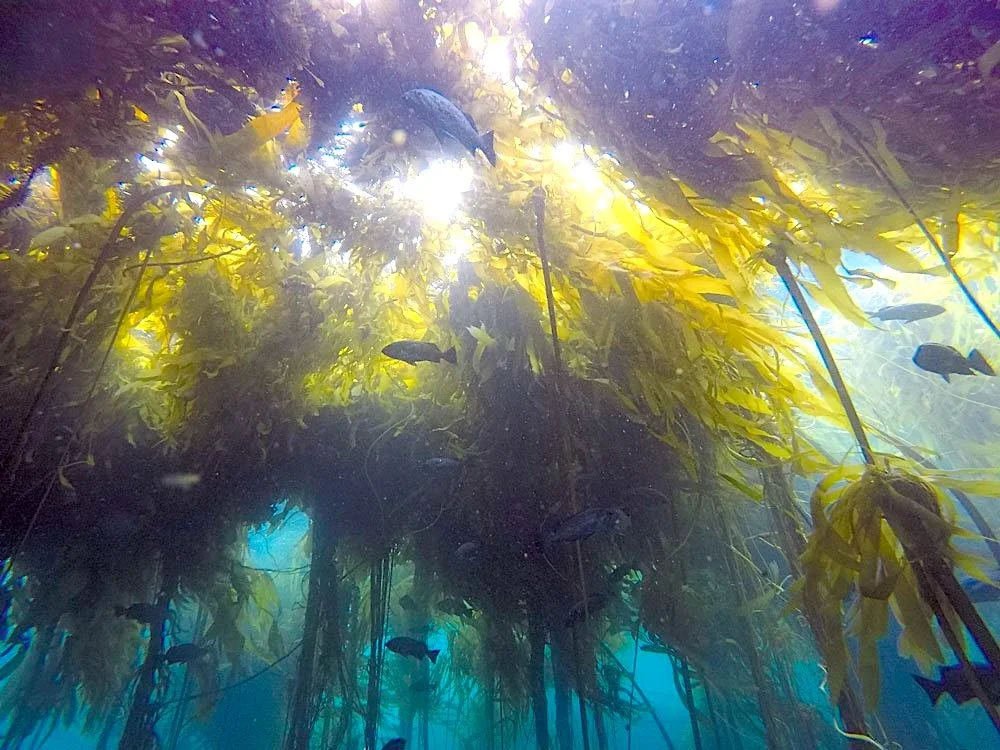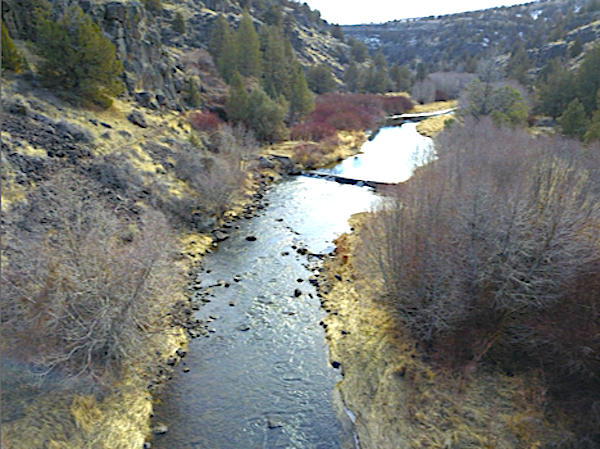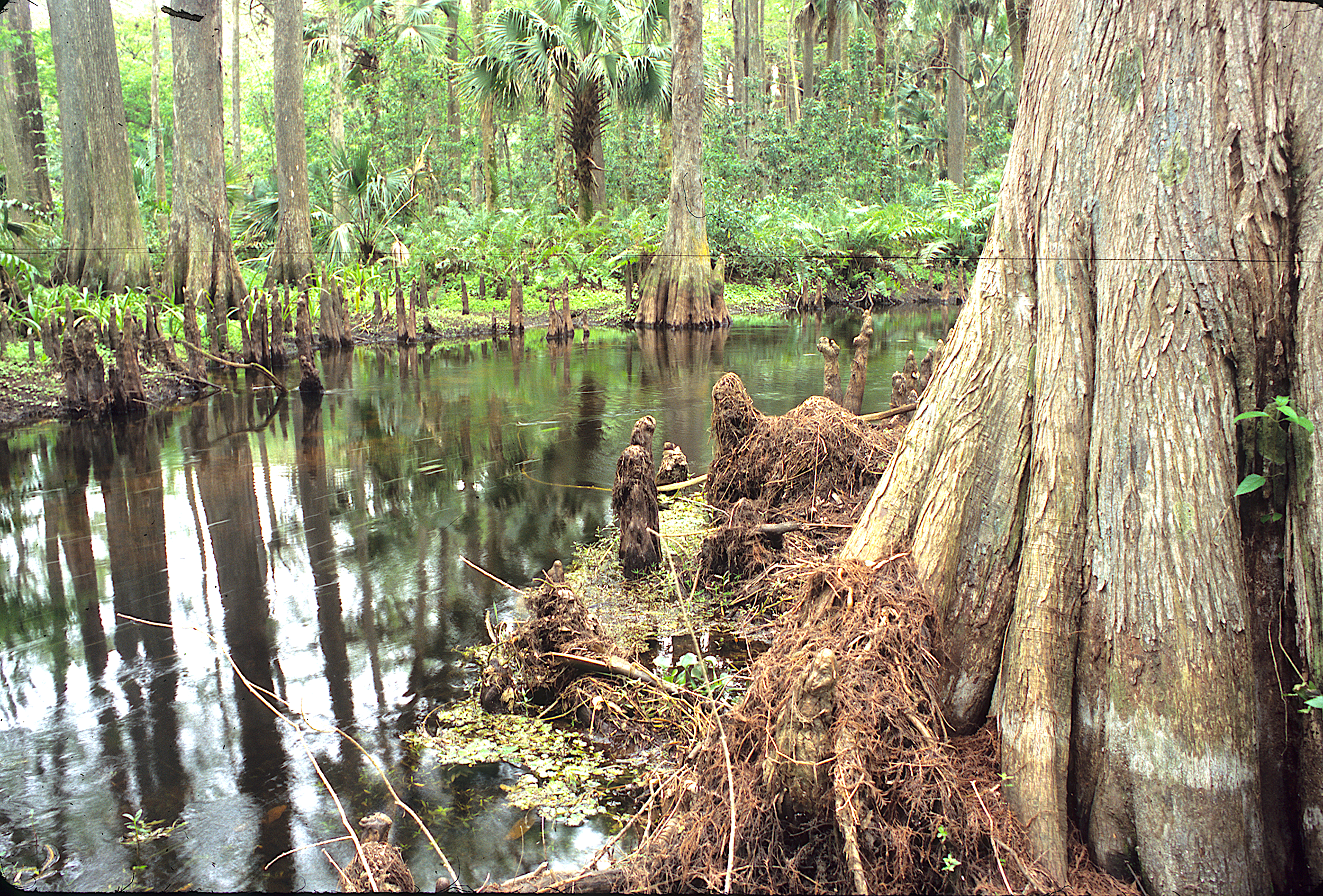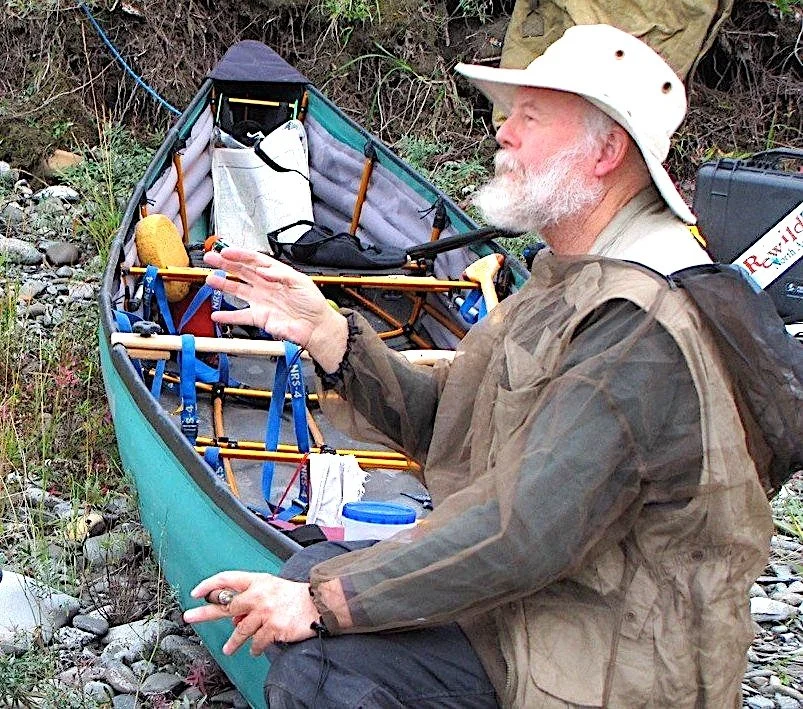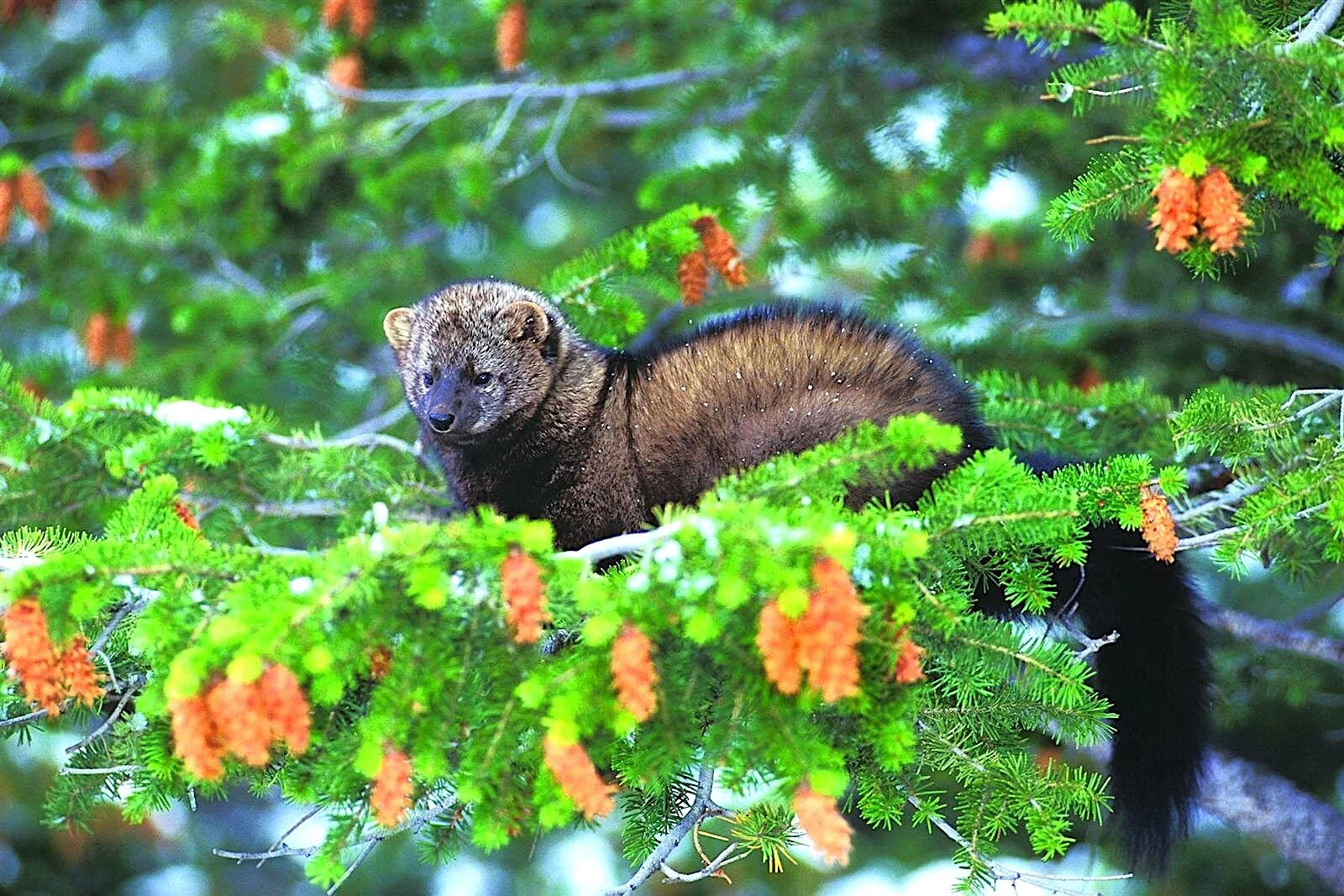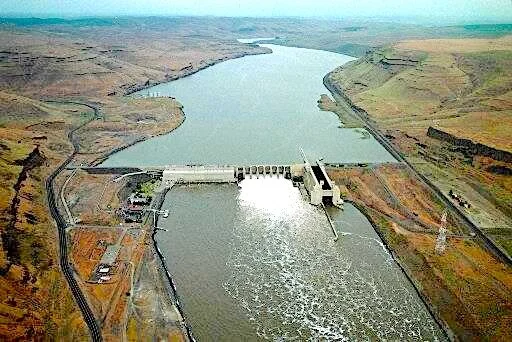Sort By Category
- 30x30
- Administration
- Antiquities Act
- Book Reviews
- Bureau of Land Management
- Climate Change
- Climate change
- Coasts
- Congress
- Counties & Federal Lands
- Courts
- Courts & Litigation
- Department of Agriculture
- Department of Interior
- Deserts
- Ecological Reserves
- Ecosystems
- Elections
- Endangered Species
- Energy
- Estuaries
- Federal Lands
- Fish
- Fish and Wildlife Service
- Forest
- Forest Fires
- Forest Service
- Forestry
- Forests
- Grasslands
- Land & Water Cons. Fund
- Land & Water Conservation Fund
- Legislation
- Litigation
- Livestock Grazing
- Marine Protected Areas
- Marine Sanctuaries
- Mature & Old-Growth Forests
- Mature and Old-Growth Foresrts
- Mining
- Nat'l Conservation Lands
- National Forest System
- National Marine Sanctuaries
- National Monuments
- National Monuments Act
- National Park Service
- National Park System
- National Parks
- National Recreation Area
- National Scenic Area
Sort By Tag
- 1002 area
- 30x30
- 5th Amendment
- ANWR
- Acadia National Park
- Adam Smith
- Administrative Procedure Act
- Advancing Conservation and Education Act
- Alan Bates
- Alan Deboer
- Alaska
- Alaska National Interest Lands Act
- Alaska Native Claims Settlement Act
- Aldo Leopold
- American Forest Resource Council
- American Prairie Reserve
- American Tree Farm System
- American beef supply
- American black duck
- American woodcock
- Ammon Bundy
- Ancient Forest National Park
- Anders Eskil Carlson
- Andrea Salinas
- Andrew N. Gray
- Andy Kerr
- Animal unit month
- Ansel Adams
- Antiquities Act
- Applegate Primitive Backcountry Area
- Aqua Fria National Monument
- Aquatic Conservation Strategy
- Aquatic Conservation and Riparian Strategy
- Arches National Monument
- Arches National Park
- Arctic National Wildlife Refuge
- Areas of Critical Environmental Concern
- Army Corps of Engineers
- Association of O&C Counties
- Astoria Canyon
- Astoria Fan
- Atlantic Coast
- Augusta Canal NHA
- Avarna Group
- Avi Kaw Ame
- BLM Conservation Rule
- BLM Zone 3 Lands
- BOEM Oregon Planning Area
- Baboquivari Peak Wilderness
- Baker County
Oregon’s Most Endangered Forests
Kelp forests are extraordinarily important concentrations of biodiversity and are extremely threatened, along the Oregon coast and around the world.
Welcoming Back Pumas to the Eastern United States
Scientists have identified seventeen areas in the eastern US suitable for the recolonization of Puma concolor. Will humans allow it?
It’s About Dam Time
In 2000, Congress told the Bureau of Land Management to remove a small, but fish-damaging, dam on the Donner und Blitzen Wild and Scenic River and in the Steens Mountain Wilderness. The BLM may finally get around to it.
The Unmaking of the Northwest Forest Plan, Part 2: Remaking It for the Next Quarter Century
This is the second installment of a two-part series on the Forest Service seeking to amend the Northwest Forest Plan. Part 1 examined the motivation of Forest Service bureaucrats to release themselves from the shackles of the plan, all the while playing up happy talk about ecosystems and sustainability and downplaying the sad truth of more roading and logging. Part 2 examines how to strengthen the Northwest Forest Plan for the benefit of this and future generations.
Forests in the American East, Part 3: A Vision of the Return of Old-Growth Forests
This is the third of a three-post examination of forests in the American East. Part 1 diagnosed an “environmental generational amnesia” that makes people think it is okay to not have real (old-growth) forests and to tolerate, if not facilitate, massive and repeated clear-cutting and/or deforestation in the name of creating “early successional habitat” for species of wildlife that we need not be concerned about. Part 2 shed light on a conspiracy of self-interested timber companies, misguided public land foresters, misinformed wildlife biologists, and Kool-Aid-drinking conservationists. This Part 3 suggests ways to partially—but significantly—bring back the magnificent old-growth forests that have long been lost.
Forests in the American East, Part 2: A Plague of Early Successional Habitat
This is the second of a three-post examination of forests in the American East. Part 1 diagnosed an “environmental generational amnesia” that makes people think it is okay to not have real (old-growth) forests and to tolerate, if not facilitate, massive and repeated clear-cutting and/or deforestation in the name of creating “early successional habitat” for species of wildlife that we need not be concerned about. This Part 2 sheds light on a conspiracy of self-interested timber companies, misguided public land foresters, misinformed wildlife biologists, and Kool-Aid-drinking conservationists. Part 3 will suggest ways to partially—but significantly—bring back the magnificent old-growth forests that have long been lost.
Book Review: Our Common Ground: A History of America’s Public Lands
Understanding the history of public lands is useful if one is to be the best advocate for the conservation of public lands.
Remembering Ecowarrior Dave Foreman, Part 1: The Kalmiopsis Connection
This is the first part of a two-part tribute to Dave Foreman, who recently shuffled off this mortal coil. Part 1 recounts Dave’s contribution to stopping the infamous Bald Mountain Road, a dagger into the heart of the Kalmiopsis wildlands in southwestern Oregon. Part 2 is my take on Dave’s unique contributions to the conservation and restoration of nature.
Mark Odom Hatfield, Part 2: A Great but Complicated Oregonian
This is the second of two Public Lands Blog posts on the most consequential Oregonian yet to serve in the United States Senate. In Part 1, we looked at his role in enabling the destruction of Oregon forests. In Part 2, we look at his complicated legacy.
Mark Odom Hatfield, Part 1: Oregon Forest Destroyer
This is the first of two Public Lands Blog posts on the most consequential Oregonian yet to serve in the United States Senate. In Part 1, we look at his role in enabling the destruction of Oregon forests. In Part 2, we will examine his complicated legacy. While Oregon’s Mark Hatfield was a great US senator, it was not because of his record on the conservation of nature.
Toward 30x30: Using Presidential Authority to Proclaim National Wildlife Areas Within the National Forest System
The president could use authority granted long ago by Congress to significantly elevate the conservation status of large areas within the National Forest System.
30x30, Part 1: By the Numbers
This is the first of three Public Lands Blog posts on 30x30, President Biden’s commitment to conserve 30 percent of the nation’s lands and waters by 2030. In Part 1, we examine the pace and scale necessary to attain 30x30. In Part 2, we will consider what constitutes protected areas actually being “conserved.” In Part 3, we will offer up specific conservation recommendations that, if implemented, will result in the United States achieving 30 percent by 2030.
An Elliott State Research Forest
The Oregon Legislature is taking up a bill to establish the Elliott State Research Forest. It is vital that the legislation become law in early 2022.
The Proposed Recovering America’s Wildlife Act
Most fish and wildlife funding in the United States goes to game species. However, a third of our wildlife species are imperiled and/or vulnerable, and mostly not because of hunting and fishing
30x30: Biden’s Bait and Switch
A preliminary report to the National Climate Task Force recommending a ten-year, locally led campaign to conserve and restore the lands and waters upon which we all depend, and that bind us together as Americans.
Withering Whitebarks and Wilderness
After decades of dithering, the Fish and Wildlife Service has finally proposed listing the species as “threatened” under the Endangered Species Act (ESA). But a special rule appended to the proposed listing creates a conundrum: Does ESA protection take precedence over wilderness area protection?
The Simpson Salmon Strategy
“Despite spending over $17 billion on fish recovery efforts, Idaho salmon and steelhead numbers are not improving and will continue to get worse,” says Representative Mike Simpson (R-2-ID). “Will we spend $20 billion more in the next thirty years only to have them go extinct anyway? The worse they get, the more we will spend.”
Udall-Heinrich Bill Would Emasculate the Wild and Scenic Rivers Act
Legislation introduced by New Mexico’s two Democratic US senators would severely undermine the integrity of the National Wild and Scenic Rivers System (NWSRS). Yes, S.3670 has some good provisions, but it also has some bad and downright ugly provisions.
Bring Back the Elakha
The sea otter should not be confused with other marine mammals found in Oregon, like the northern fur seal, the Steller sea lion, the California sea lion, the northern elephant seal, and the Pacific harbor seal. Nor should it be confused with another marine mammal, the Steller’s sea cow, that once inhabited Oregon but now inhabits nowhere. From its first discovery by Europeans in 1741, it was extinct by 1768 (1768 – 1741 = 27 frigging years).
A Solomonic Salmonid Solution?
General and President Dwight D. Eisenhower said, “If a problem is unsolvable, enlarge it.” The military genius and Republican president may have first articulated it, but a Republican member of Congress from Idaho is seeking to operationalize this sage advice in regard to Pacific Northwest salmon and electric power.
